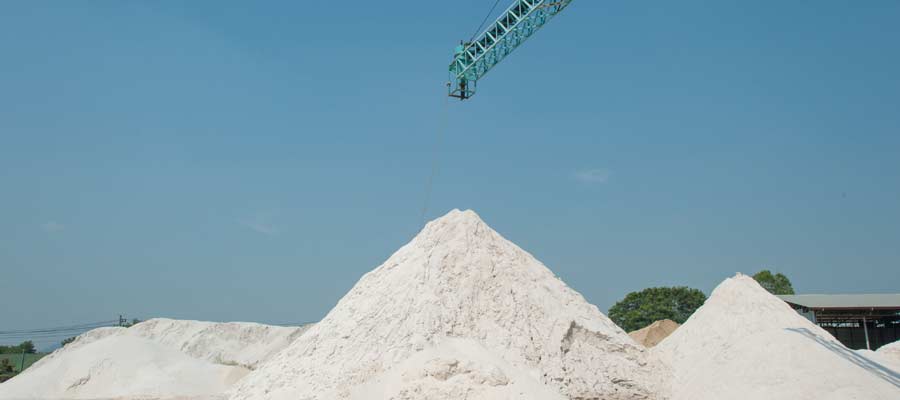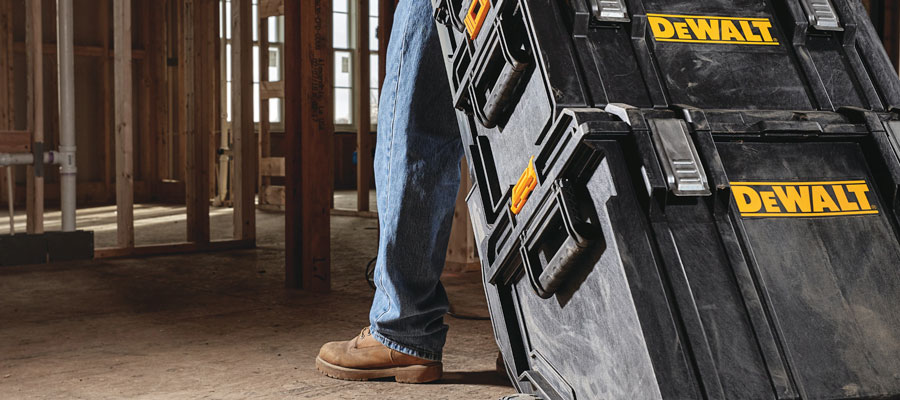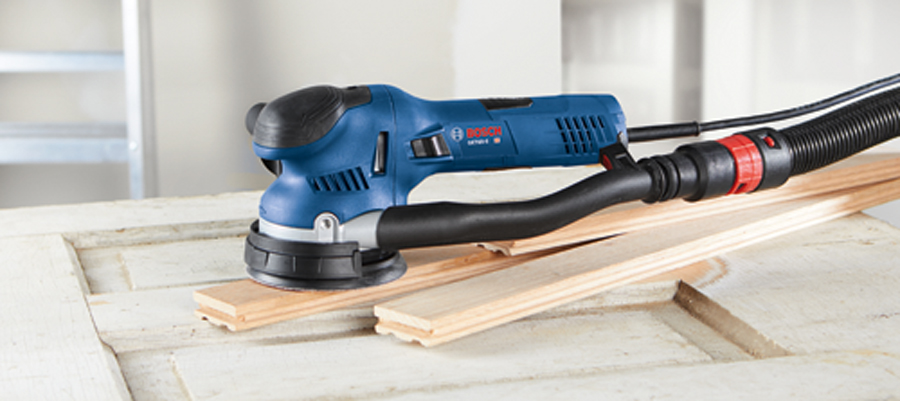Though there have been some delays and some debate about OSHA's implementation of the new Respirable Crystalline Silica Standard, the requirement goes into effect on October 23, 2017. With that being said, many construction firms find themselves with more questions about the requirements this new standard will place upon the industry and how to stay in compliance to protect workers and avoid expensive penalties. Here's a quick look at the standard and what you'll have to do to keep your business in line with the new regulations.

Is Your Construction Business Ready for the OSHA Silica Standard?
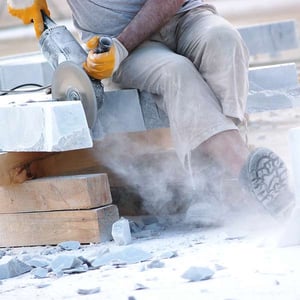
The construction industry deals with a large number of silica-bearing substances every day. Whether it's cement, glass, tile or stone, these silica-based substances can cause serious problems for your worker's respiratory health. When these materials are worked with a drill, saw, grinder or similar tool that breaks loose tiny particles of the substance, respirable crystalline silica can become airborne and can be breathed into your workers' lungs, causing tissue scarring, inflammation and even lung cancer. For these reasons, OSHA has developed the new standard to help protect workers from excessive exposure to these compounds.
But what does that mean to your crew's daily operations and how you handle these materials on a job site? One option you can look at is replacing silica-based products you're currently using on the job with alternatives that contain no silica. You have options to provide your crew with N-95 or P-95 respirators which will help reduce their overall exposure to the airborne materials. Does part of your operation require using abrasive blasting materials? If it does, you could provide your workers with a Type CE abrasive blast supplied air respirator. Will it work for your business to provide shower facilities for your crew to clean up on the job site? Can you provide them with washable or disposable coveralls? Sometimes something as simple as encouraging workers to clean their hands or faces prior to eating can help prevent the spread of silica-based materials from the work site. Here's a glance at the new requirements:
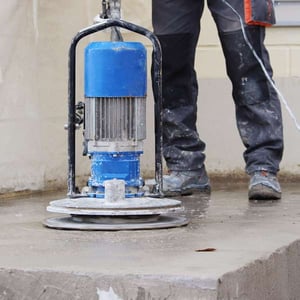
1. Worker exposure is lowered to 50 micrograms per cubic meter, averaged over an eight-hour shift.
2. Exposure must be controlled by adding ventilation or water to work site practices.
3. At times when exposure to respirable silica can't be avoided, appropriate respirators must be provided.
1. If you do have high-exposure areas on the job site, you must limit access to these areas.
4. You must have a written copy of your exposure control plan.
5. If you have employees that have been exposed to high levels of airborne silica, you must offer medical exams and lung health information.
6. You'll need to train employees about silica exposure risks and how to avoid it.
7. Because it's difficult for smaller employers to meet all requirements, some flexibility is built into the standard.
By knowing what to expect from the standard and what's expected of your construction business when the silica standard goes into effect, you can better manage the changes you'll need to make to your business practices. If you need help finding the right safety equipment to meet these new requirements, Star Sales is here to help. Please feel free to contact one of our experienced associates today with any questions, to get a quote on new respirators or similar protective equipment or to place an order. At Star Sales, our business is helping keep your project moving forward.

